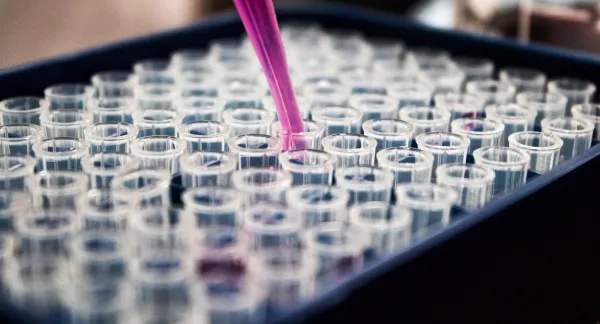
Lithium Treatment Strategies in Drinking Water
Abstract
Because of its potential health relevancy, lithium is currently being monitored under the United States Environmental Protection Agency's Fifth Unregulated Contaminant Monitoring Rule (UCMR5) for drinking water systems. Recent occurrence data from UCMR5 and other studies for the U.S. has shown lithium concentrations frequently exceeding a health-based screening level (HBSL) of 10 µg/L, such as for the Colorado River watershed in the Southwest. Lithium is expected to be challenging to remove with common conventional and most advanced treatment techniques. Therefore, this has paramount significance since this could impact millions of people across the U.S with no apparent practical and cost-effective treatment solutions. The primary objective of this research proposal is to evaluate and identify lithium removal strategies and the outcome of this study will provide guidance and solutions to manage lithium in drinking water.


